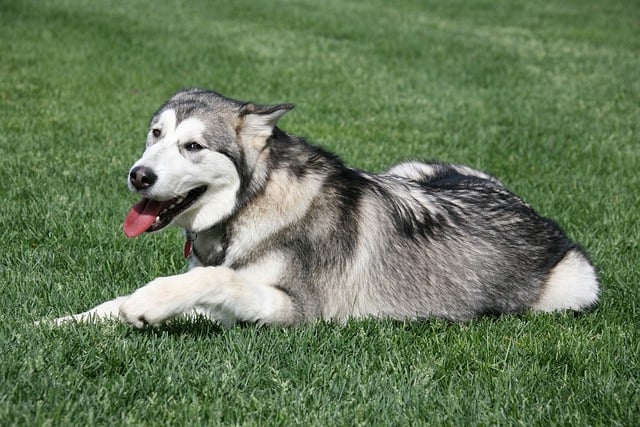
What is glaucoma in a dog?
You might notice your dog squinting more at mealtime or avoiding bright sunlight—these small changes could be early signs of a serious eye condition.
You’ve just filled your dog’s bowl with their usual kibble, but your furry friend stares at it unenthusiastically, turning away as if it’s the least appetizing thing in the world. Sound familiar? Adding a food topper can transform mealtime from a chore into an exciting event for your dog. Whether you have a picky eater or just want to boost the nutritional value of their diet, the right topper can make all the difference.
The science behind food toppers lies in a dog’s natural instincts and taste preferences. Dogs are omnivores, and their sense of smell is around 10,000 - 100,000 times more powerful than humans. A topper that offers a strong, enticing aroma can stimulate their appetite. Additionally, variety in their diet helps meet their nutritional needs. For example, adding healthy fats from certain toppers can support a shiny coat, while protein - rich options aid muscle development. However, it’s important to understand that sudden changes in diet can upset a dog’s stomach, so introducing toppers gradually is key.
When it comes to choosing a topper, the options are plentiful. Cooked lean meats like chicken, turkey, or beef are always a hit. Just make sure they’re unseasoned—dogs don’t need extra salt, pepper, or spices. Canned fish such as salmon or sardines, packed in water (not oil), can add healthy omega - 3 fatty acids. You can also use plain, unsweetened yogurt, which contains probiotics that are great for gut health. For a crunchy texture, crushed freeze - dried liver treats work wonders. Start by adding a small amount of the topper to your dog’s food. Monitor how they react over a few days to ensure there are no digestive issues, then adjust the quantity as needed.

In the realm of responsible pet ownership, there are a few things to keep in mind. First, make sure any human food you use as a topper is safe for dogs. Avoid foods like chocolate, grapes, raisins, and onions, as they can be toxic. Regular vet check - ups are essential, and keeping your dog’s vaccinations up - to - date is a legal requirement in most US states. When it comes to feeding in shared spaces, such as your apartment’s common areas or during a picnic in a public park, be mindful of cleanliness. Always clean up any food spills immediately to maintain good relations with neighbors and follow local regulations.
Training also plays a role here. If your dog gets overly excited during mealtime and starts jumping or nipping, use positive reinforcement techniques. Teach them to sit calmly and wait for the command “OK” before digging in. Reward them with praise and a small treat when they follow the rules. Remember, hitting or yelling at your dog is never the answer, as it goes against the animal welfare values widely held in the US and can make behavior problems worse.
With the right food topper and proper practices, you can enhance your dog’s mealtime experience while being a responsible and caring pet owner. So, go ahead and get creative with those toppers, and watch your dog’s tail wag with excitement at every meal.

You might notice your dog squinting more at mealtime or avoiding bright sunlight—these small changes could be early signs of a serious eye condition.

Let’s set the scene: It’s a sweltering Phoenix afternoon—105°F outside—and you rushed your 2-year-old Lab mix, Cooper, on a quick walk to “get it over with.”

Let’s get real: You’re in your Miami apartment, watching your 3-year-old Corgi, Loki, struggle to climb the stairs to your second-floor unit.

Many dog owners brush off occasional scratching as just “dog behavior,” but persistent itching often signals something more—like a food allergy.

You might first notice your dog scratching more than usual—chewing at their paws until the fur looks thin, or rubbing their face against the couch nonstop.

Let’s be real: You’re standing in your Chicago apartment, watching your 3-year-old Beagle, Max, huff and puff just to climb onto the couch.